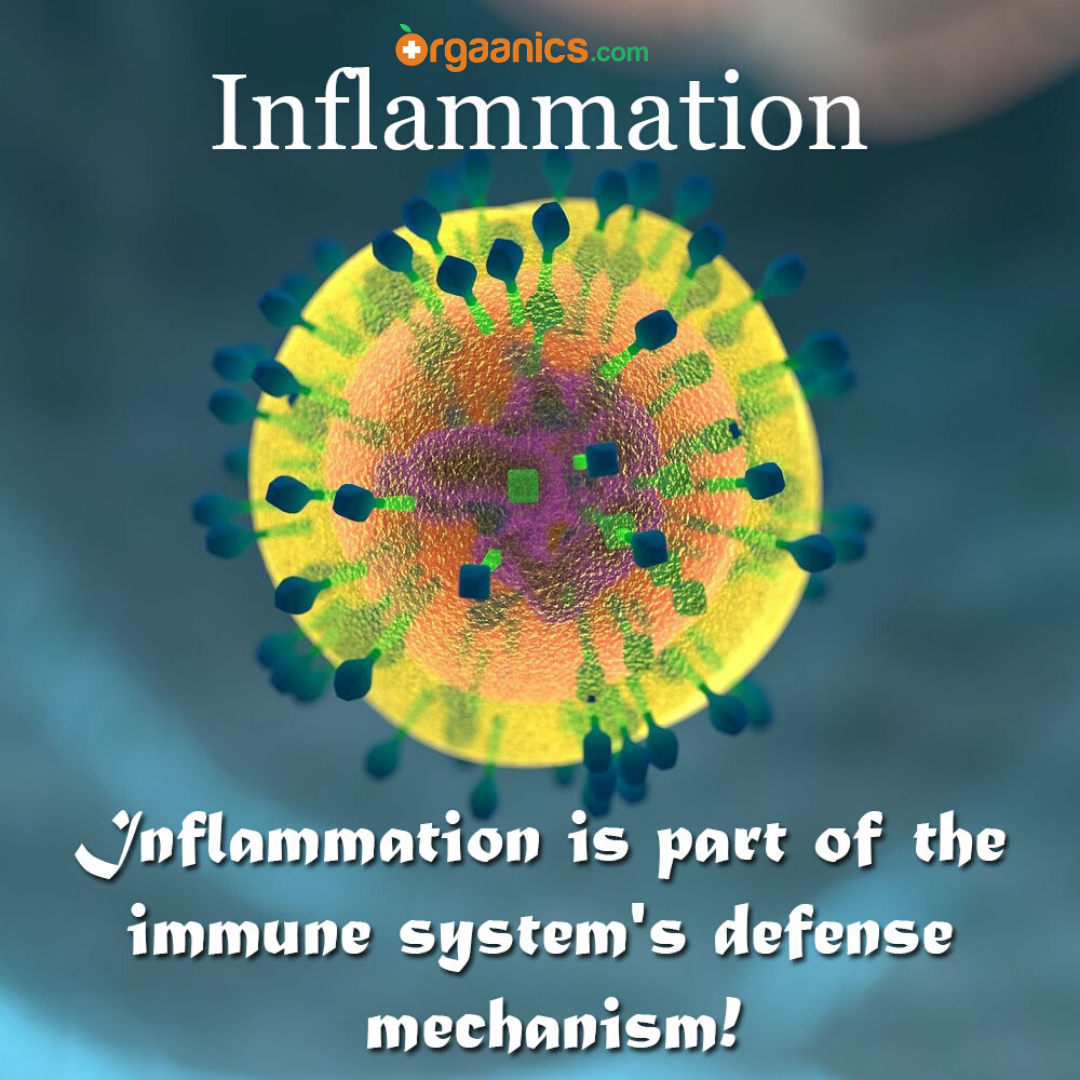We all know that we need to stick to healthy lifestyle habits in order to have the kind of immune system that is strong enough to fight against any diseases. But how does the immune system work to protect us against these illnesses?
Inflammation as the Immune System’s Master Method
The term “Immune System” comes from the Latin word “immunis” which means “untouched”, this is so because it serves as our body’s great defender. The immune system consists of soldiers a.k.a. immune cells that protect us from disease-causing pathogens.
Besides defending our bodies, they are also tasked with helping rebuild damaged tissues. This damage may have been caused by injury, or may have resulted from an attack by pathogens, such as a viral or bacterial infection. This primary action of the immune system, referred to as “inflammation”, quickly responds to the damaged area by immediately sending white blood cells and plasma.
Signs of this response are redness, swelling and painful tenderness of the affected area. This action is so important that without it wounds would be unable to heal. Without this tactic, all these disease-causing germs will always be victorious in giving us illnesses.
How Inflammation Occurs
Inflammation occurs as part of the body’s immune response. Its primary purpose is to increase blood circulation the moment an injury occurs. As inflammation starts, blood vessels around the injured area will dilate to make way for the increased blood flow.
Subsequently, gaps will start to appear in the walls of the cells that surround the injured part so that the larger cells of the blood will be able to pass. These larger cells are what we know as the “immune cells”. In other words, when blood flow increases, the immune presence also strengthens.
The different types of cells that are a part of the immune system will quickly rush into the injured area. This occurrence will result in an amplified supply of proteins that will fuel the immune response. While all these things are taking place the body, especially the damaged area, will also experience increased temperature, which supports the antibiotic effect.
When Inflammation Ends
Inflammation in the affected area continues until the presence of infection is completely eliminated. When inflammation is still present, phagocytes will continue the task of destroying bacteria. The acquired immunity (i.e. a kind of immunity that the body develops over time as it learns how to target and kill specific pathogens) will then bind these destroyed bacteria and dispose of them as toxins.
This is when we start to see some pus coming out of the infected area. This thing we call as “pus” is actually the remains of the war that took place between the infectious bacteria and the immune cells. Pus may vary in color depending on the type of bacteria that causes the infection.
The “Intelligent” Immune System
The immune system is built in a way that makes it capable of identifying the “self” and “non-self”. The “self” refers to anything that the human body has since birth. On the other hand, the “non-self” is anything which is not an innate part of the body. A well-functioning immune system recognizes which is “foreign”, will never attack its own and will immediately do everything to get rid of any invaders. A healthy immune system is intelligent enough to be able to detect an imminent threat. It sends out its defenders right away when cancer or viral infection invades.
In summary, these are the symptoms that people experience when an inflammatory response is going on in the body:
The tissues in the affected area become warm and red, due to the increased amount of blood that floods the site.
- The tissues in the affected area will also become swollen as a result of more blood and more proteins reaching the site of infection.
- The affected area will become painful as tissues expand. This expansion of tissues, coupled with increased number of pain mediators that are present in the site puts pressure on the nerve cells. To reiterate, here are the three roles of the immune system:
- To neutralize any pathogens such as parasites, viruses, fungi and bacteria that have invaded the body. After neutralizing, these pathogens will be removed and shuttled out of the body.
- To identify and neutralize those potential threats from substances in the environment.
- To fight against its own cells that have been changed (mutated) by an illness e.g. cancer cells.
To keep your body healthy and avoid inflammations, go for CeeTural!


